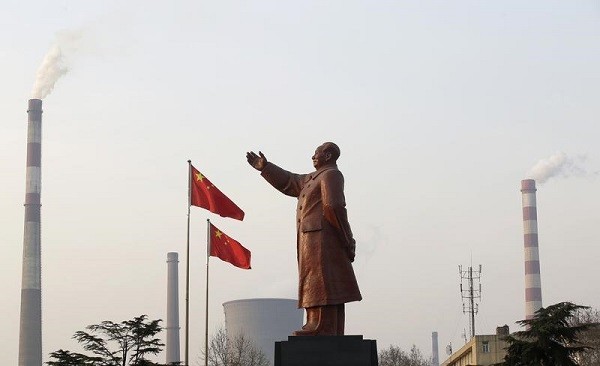Hebei’s local officials are now more bent on implementing the country’s newly revised Environmental Protection Law to improve the air quality in their region.
Want China Times reported that those factories in the region that opt for natural gas than coal are given tax incentives by the provincial government.
To discourage the use of low-quality coal by factories located in rural areas, low-sulfur coal is being sold at half of its market price.
Some 7,000 businesses were found violating environmental laws by the provincial government in 2014. More than 2,000 of them were either asked to improve their facilities to be permitted to continue operating or to completely stop their operations and close down.
There are now 52 offices put up across the region that will inspect factories for any environmental violation.
In an effort to also safeguard the health of more people, steel and iron factories have been asked to relocate in suburban areas.
According to the report of the Ministry of Environmental Protection posted on its website on Feb. 2 regarding the air quality status of key regions and 74 cities in the country, eight out of the 10 most polluted cities are in Hebei Province.
The most polluted city is Baoding. The other seven are Xingtai, Shijiazhuang, Tangshan, Handan, Hengshui, Langfang and Zhengzhou.
Baoding, Shijiazhuang, Tangshan and Handan are Hebie’s major cities.
Tangshan is a heavy industrial city. Handan has many coal-burning steel factories.
Shijiazhuang, the provincial seat of Hebei, was cited before as one of the most polluted cities in the world.
Taiwan-based Environmental Analysis Laboratory reported through its National Environmental Analysis that seven out of the 10 most polluted cities in the world are in China, namely, Taiyuan (Shanxi Province), Beijing, Urumqi (Xinjiang Uyghur Autonomous Region), Lanzhou (Gansu Province), Chongqing, Jinan (Shandong Province) and Shijiazhuang.
The Asian Development Bank and Beijing’s Tsinghua University released the report in Jan. 2013.



























